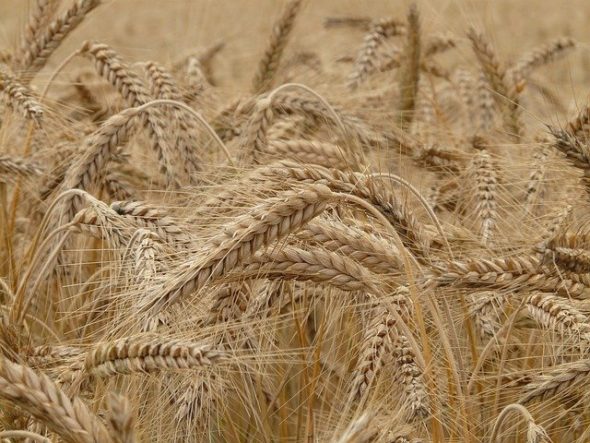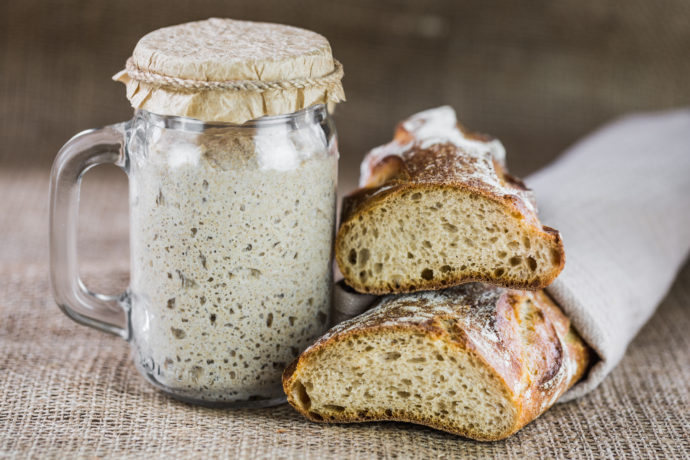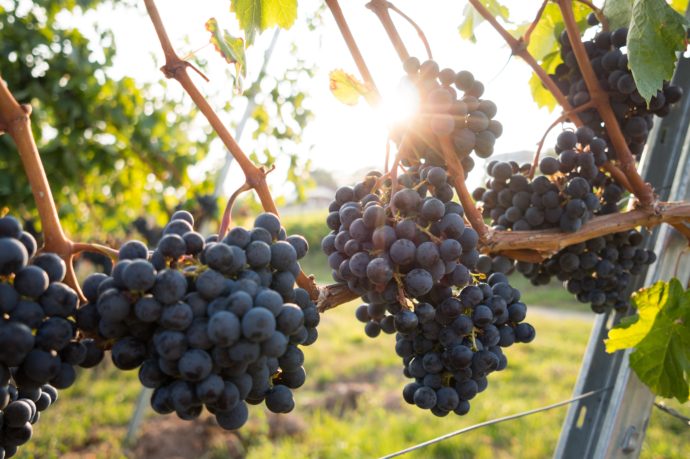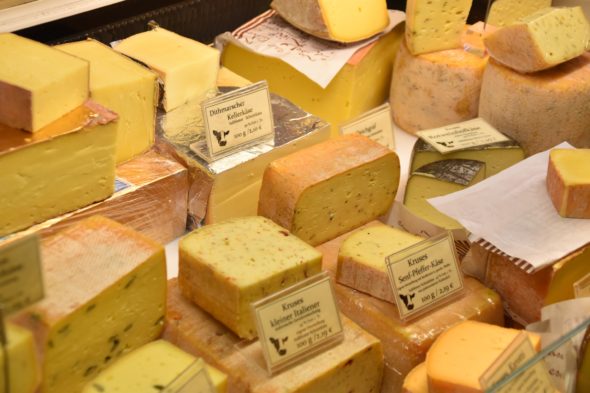Cereal crops are a staple of our diet, in various forms across the globe, and are a fundamental part of the history of mankind. Converting these hard-to-digest cereals into a food with increased nutritional benefits requires some type of processing, which for crops such as wheat, oats and barley is mainly bread-making in many parts of the world.
Addition of yeast to bread flour and water results in growth of the yeast cells from the cereal sugars, and generation of carbon dioxide bubbles. These bubbles are needed to make the bread dough rise, giving a light texture once it is fixed by baking. Yeast grows very quickly, especially in a warm and humid environment making a bread dough double in size in less than an hour.


Sour-doughs are so-called because of a characteristic flavour associated with the baked bread. Lactic acid bacteria are the main microbe in sour doughs, but other microbes including yeast are also present, so that a sour-dough starter culture is a true community of different microbes. Lactic acid bacteria ferment cereal sugars in a similar way to yeast, generating carbon dioxide and bubbles of air in baked bread. Unlike yeast, they also generate acid during the fermentation, especially in the absence of oxygen, which is what gives rise a slightly sour smell, distinct from yeast fermentation. Lactic acid bacteria do not normally grow well in the presence of oxygen, and require a special environment for culturing termed microaerophilic.
Home-made sour-dough starter cultures are popular in many countries, as they can be easily maintained in a kitchen. These do not need any culture to be added, but rely on lactic acid bacteria that are naturally present in bread flours. Different types of lactic acid bacteria are present in different cereal crops, which means that sour-dough cultures vary between different flour types.
Alcoholic drinks such as beer, wine, whisky and brandy are made with the help of yeast. Yeast is added to cereals, for beer and whisky, or grapes for wine and brandy, and the temperature increased to around body temperature (37 °C), which allows the yeast cells to grow and divide very rapidly. The fermentative process turns natural sugars in the cereals or grapes into alcohol, with carbon dioxide as a by-product. This produces bubbles in the mixture as it ferments (or brews). The fermentation stage is also necessary for some of the characteristic tastes and smells associated with the drinks, which occur as secondary metabolic processes.

Drinks with a high alcohol content, like whisky or brandy, undergo a second stage of distillation, but still require the first step of fermentation. In ancient times, fermentation relied on yeasts naturally present in grapes or on cereals. In modern times, yeasts are added separately to ensure the processes and resulting flavours can be controlled.
Read also
Food production
Cheese and Yoghurt
Fermentation is also an important step in preserving dairy products that would otherwise have a short shelf-life.
